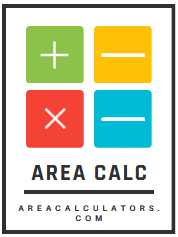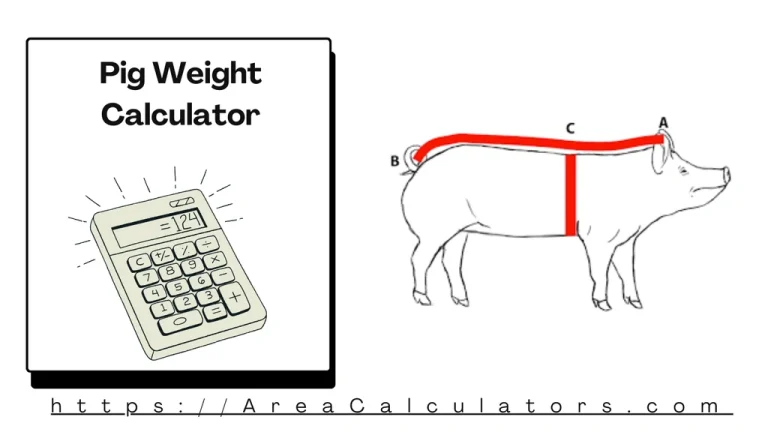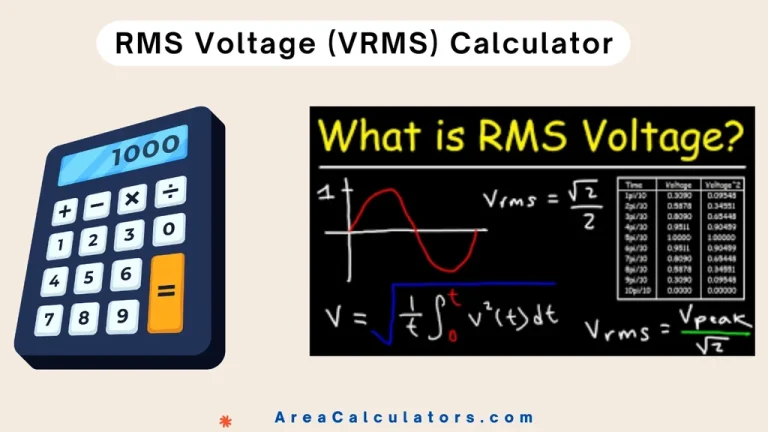Salvage Value Calculator
To calculate salvage value, subtract the total depreciation from the original purchase price. Multiply the depreciation rate by the asset’s age and original price to find the overall depreciation amount.
A Salvage Value Calculator is reasonably useful for finding out the remaining worth of an asset at the end of its useful life. Salvage value, often called residual value, allows businesses and individuals to project the potential resale or scrap worth of assets like vehicles, equipment, or buildings.
This value is significant in calculating depreciation, tax returns, and overall investment planning. In this fashion, it prepares you to understand the true cost of using an asset over time.
Formula:
| Variable | Description |
|---|---|
| Salvage Value | |
| Original Purchase Price | |
| Depreciation Rate (in percentage) | |
| Age of the Asset (in years) |
Solved Calculations
Example 1:
| Step | Calculation |
|---|---|
| Original Purchase Price (OP) | $5,000 |
| Depreciation Rate (D) | 10% |
| Age of Asset (A) | 5 years |
| Depreciation Calculation | |
| Salvage Value | |
Answer: The salvage value is $2,500.
Example 2:
| Step | Calculation |
|---|---|
| Original Purchase Price (OP) | $12,000 |
| Depreciation Rate (D) | 8% |
| Age of Asset (A) | 7 years |
| Depreciation Calculation | |
| Salvage Value | |
Answer: The salvage value is $5,280.
What is a Salvage Value Calculator?
The Salvage Value Calculator is a rational tool. You can use it for estimating the remaining value of an asset at the end of its useful life. Usually used in accounting, this calculator serves to find the scrap value or resale potential for various assets, including vehicles, equipment, and buildings.
All users have to do is to input the asset’s initial cost, useful life, and depreciation rate, and thus they can find its salvage value. In this way, it makes things easier to plan for replacements or evaluate resale opportunities.
Moreover, for businesses and individuals alike, knowing the salvage value is vital for financial planning, mainly while calculating depreciation expenses or determining tax benefits.
With added benefits, this calculator also assists in calculating after-tax salvage value, a critical factor in assessing net asset value post-disposal. Whether you are planning to dispose of assets or evaluate insurance claims, this tool simplifies complex calculations into straightforward, actionable results.
Final Words:
Finishing off here, the Salvage Value Calculator aids in accurately determining an asset’s residual worth, streamlining financial planning and accounting by providing clear value assessments.



